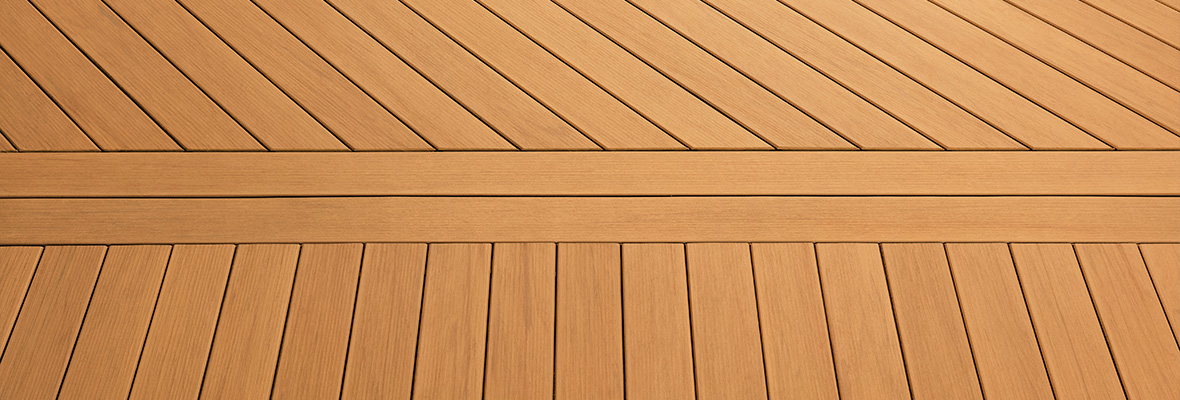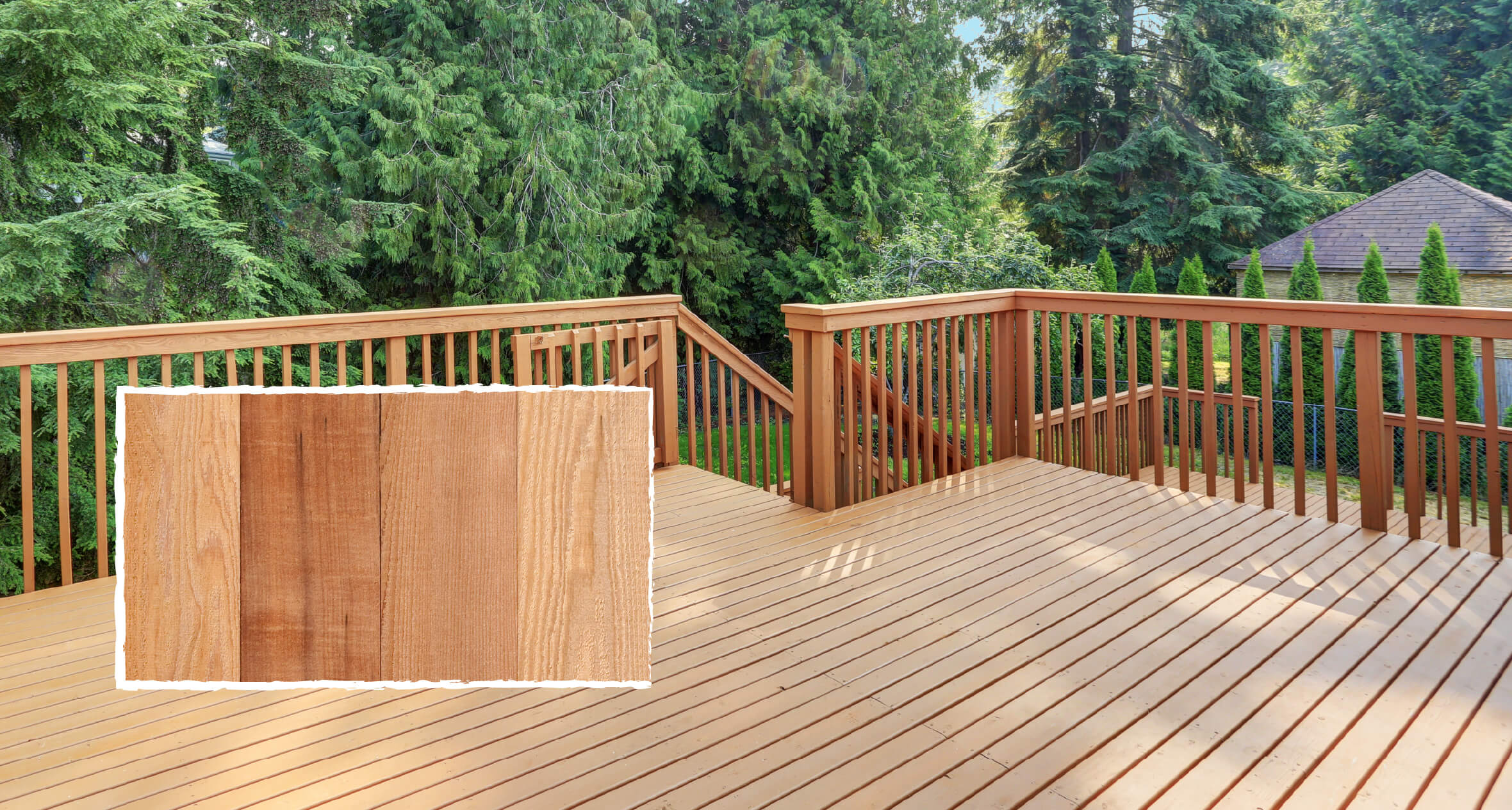Choosing the Right Material for Your Deck
Dec 22, 2023 by Michael Meehan

If you’re looking to build a new outdoor deck for your home, choosing the right material is very important. And there are many deck material options to choose from, each with their own maintenance needs, long-term costs, and overall investment value.
Decking material can range from traditional wood to innovative capped polymer (PVC) decking, but not all deck materials are created equal. Making the right investment for your home means finding the deck material that fits your lifestyle needs.
In this guide, you’ll learn the ins and outs of the most common deck material options so you can make the best decision.

1. Hardwoods and Premium Softwoods

Traditional wood is probably the first material that comes to mind when planning your deck. It’s common for a reason — they are generally strong and offer the natural look you expect from a deck.
Traditional wood decks can be made from an assortment of different woods, spanning softwoods to hardwoods.
Hardwood Decks
One of the two types of material used for wood decking is hardwood. This is most commonly Ipe, but also includes other exotic hardwoods like mahogany and tigerwood.
Hardwood has a moderate long-term value, as these materials were designed to outperform softwood, but they are still susceptible to moisture and weathering from the elements.
Exotic hardwoods like Ipe may have strength and durability thanks to their density, but they will quickly change from rich hues to silvery-gray when exposed to UV rays.
They also tend to be even more expensive upfront than some composite and PVC decking products — but with less optimal performance and extensive upkeep needed to maintain aesthetics.
Softwood Decks
Softwood is the other type of wood deck material, which includes cedar and redwood, among other species.
What’s more, these types of material have the least long-term value. That’s because softwoods don’t offer as much protection as their engineered counterparts, and will therefore end up accumulating more repair and/or replacement costs over time.
Yet, wood decking typically needs to pass through different processes to further protect the wood’s surface level, including:
- Staining: Tinted chemical treatments are applied to minimize fading and prolong the color of the boards.
- Sealing: Clear or semi-transparent sealants sit on the surface of the deck boards to provide a temporary protective barrier.
These processes — and the wood deck in general — are high-maintenance. You will have to sand and re-stain your wood deck every two to five years and re-seal every one to three years. This goes to show that wood decking might not be your best choice if you’re looking for a low-maintenance deck.
